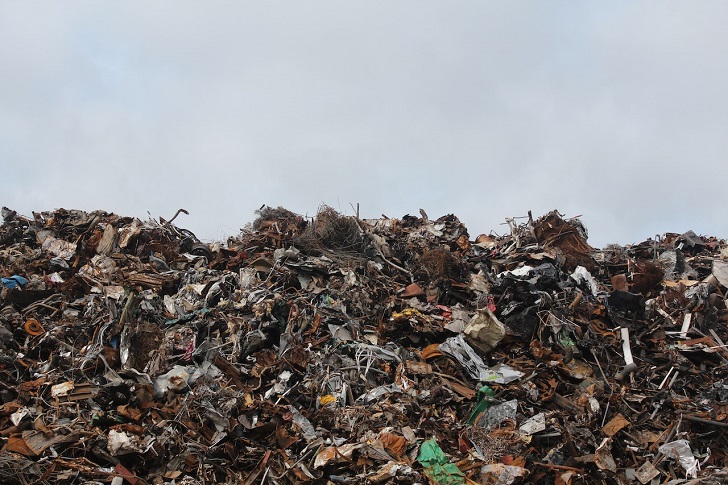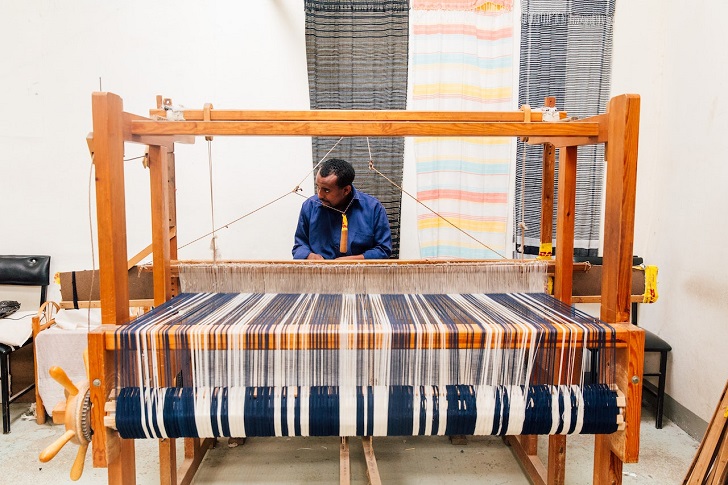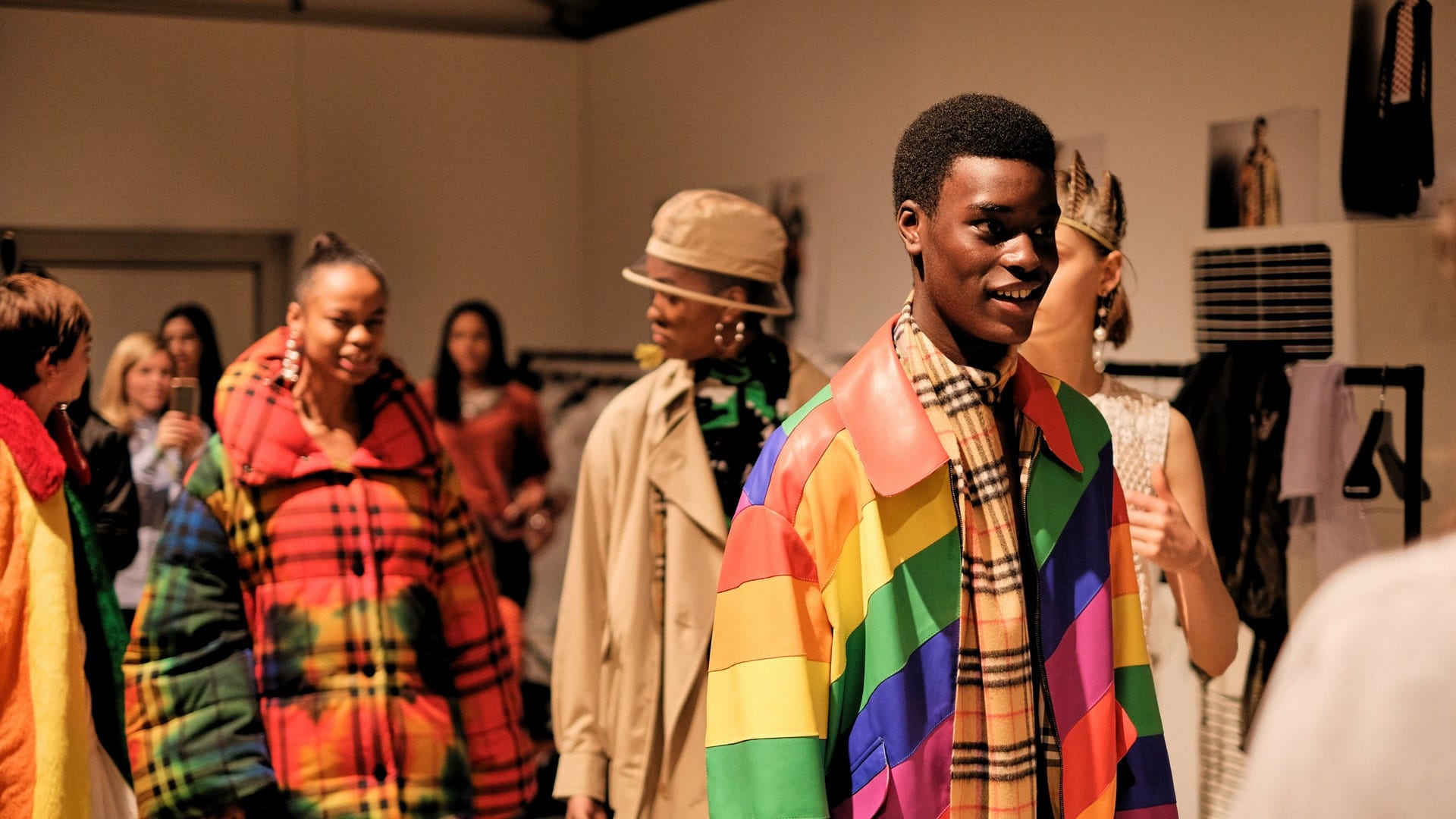Fast fashion has become a ubiquitous term in the world of retail manufacturing. It refers to the rapid production of inexpensive clothing that mimics the latest trends and is designed for quick turnover. While this business model has brought about significant changes in the fashion industry, it also raises important questions about its impact on the environment and the workers involved in its production.
In this article, we will explore what fast fashion is, how it works, and its far-reaching implications on retail manufacturing.
The Birth of Fast Fashion
The concept of fast fashion emerged in the 1990s, driven by companies like Zara, H&M, and Forever 21. These brands realized that by accelerating the entire fashion production cycle, they could swiftly bring runway-inspired designs to their stores at a fraction of the cost of high-end luxury brands.
The key to their success was an efficient supply chain, enabling them to respond to changing fashion trends in weeks rather than months or even years.

Ron Lach/ Pexels | The fast-fashion giant is facing growing criticism from customers and independent designers
How Fast Fashion Works
Fast fashion operates on a simple premise: provide consumers with affordable clothing that's on-trend and available quickly. Here's a breakdown of how it works:
Trend Identification
Retailers closely monitor fashion shows, street style, and social media trends to identify what's popular among consumers.
Rapid Production
Once a trend is identified, fast fashion companies use streamlined production processes to create clothing quickly and inexpensively. This often involves outsourcing manufacturing to low-cost countries where labor is cheap.
Short Production Cycles
Unlike traditional fashion brands that operate on a seasonal schedule, fast fashion brands release new collections continuously, sometimes as often as every few weeks.
Low Prices
By cutting production costs and avoiding costly marketing campaigns, fast fashion brands can offer their products significantly lower prices than high-end competitors.

Emmet/ Pexels | The Earth does not belong to us: we belong to the Earth
The Impact on Retail Manufacturing
While fast fashion has undoubtedly revolutionized the retail industry, its effects on manufacturing have been profound and controversial.
Exploitation of Labor
Fast fashion's reliance on low-cost labor in developing countries often leads to poor working conditions, low wages, and exploitation of workers. Factory workers in these regions are frequently subjected to long hours and unsafe conditions, all in the name of producing cheap clothing.
Environmental Consequences
The rapid turnover of fashion trends in fast fashion results in excessive production, leading to a massive environmental toll. The fashion industry is a major contributor to pollution, including water contamination and excessive waste.
Overconsumption
The affordability and accessibility of fast fashion encourage consumers to buy more clothing than ever. This culture of overconsumption contributes to textile waste, as many garments end up in landfills.
Quality and Durability
Fast fashion is often criticized for producing low-quality, disposable clothing that doesn't stand the test of time. This further contributes to the problem of textile waste, as these garments have short lifespans.
Impact on Small Businesses
The dominance of fast fashion brands can make it difficult for small, local manufacturers and independent designers to compete. They struggle to keep up with the pace of trend turnover and price competition.

Kelly/ Pexels | Workers in the garment industry are required to put in 14 to 16 hours per day, seven days a week
The Push for Change
In recent years, there has been a growing awareness of the negative consequences of fast fashion, leading to calls for change in the industry. Several important developments are worth noting:
Sustainable Initiatives
Some fast fashion brands are taking steps toward sustainability by using eco-friendly materials, reducing waste, and improving working conditions in their supply chains. However, critics argue that these efforts often fall short of true sustainability.
Slow Fashion Movement
A slow fashion movement has emerged in response to the problems associated with fast fashion. It emphasizes quality over quantity, encourages ethical and sustainable production practices, and promotes a more mindful approach to clothing consumption.
Consumer Awareness
Increased awareness among consumers about the environmental and ethical issues surrounding fast fashion has led to a growing demand for transparency and responsible practices in the fashion industry.
Legislation and Regulation
Governments and international organizations are beginning to address the issues of labor exploitation and environmental damage associated with fast fashion. Some countries have implemented regulations to ensure better working conditions and fair wages in the garment industry.











